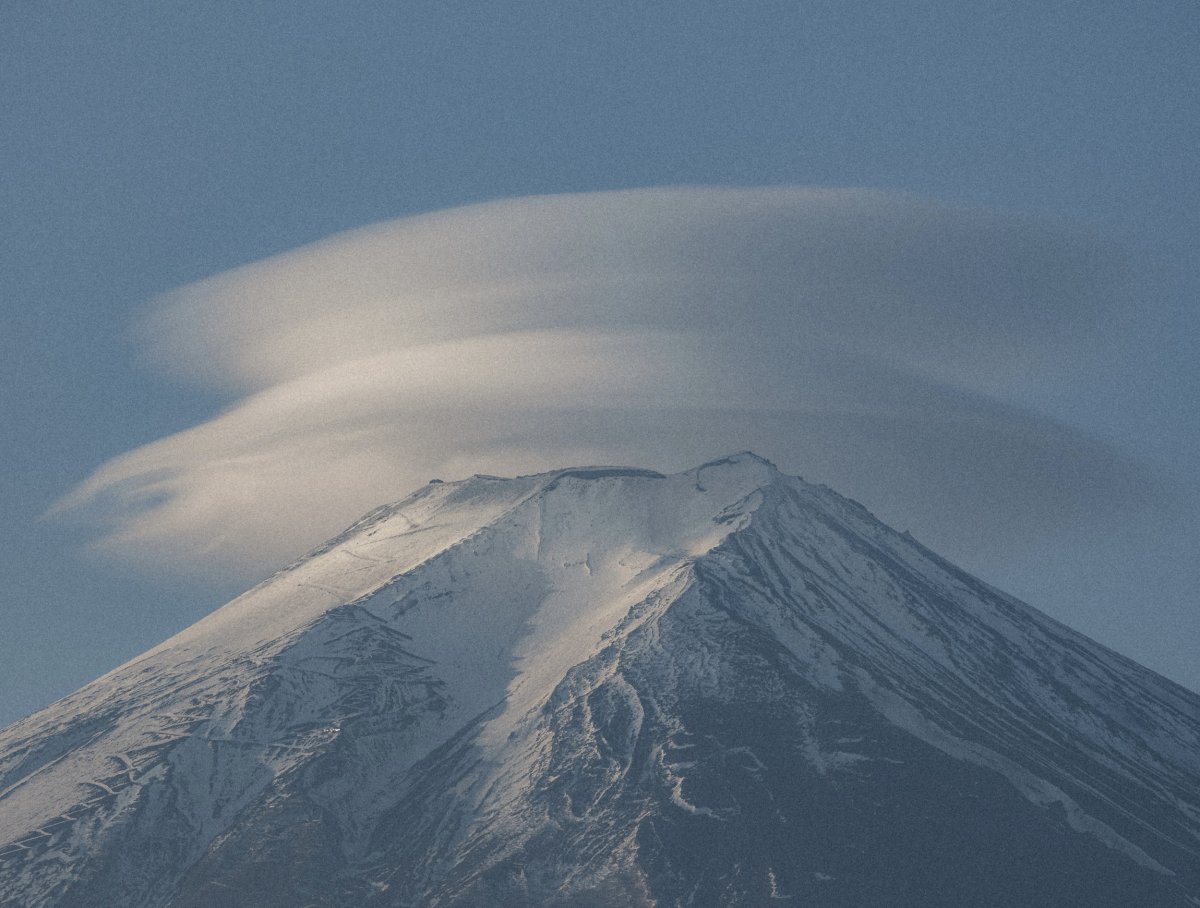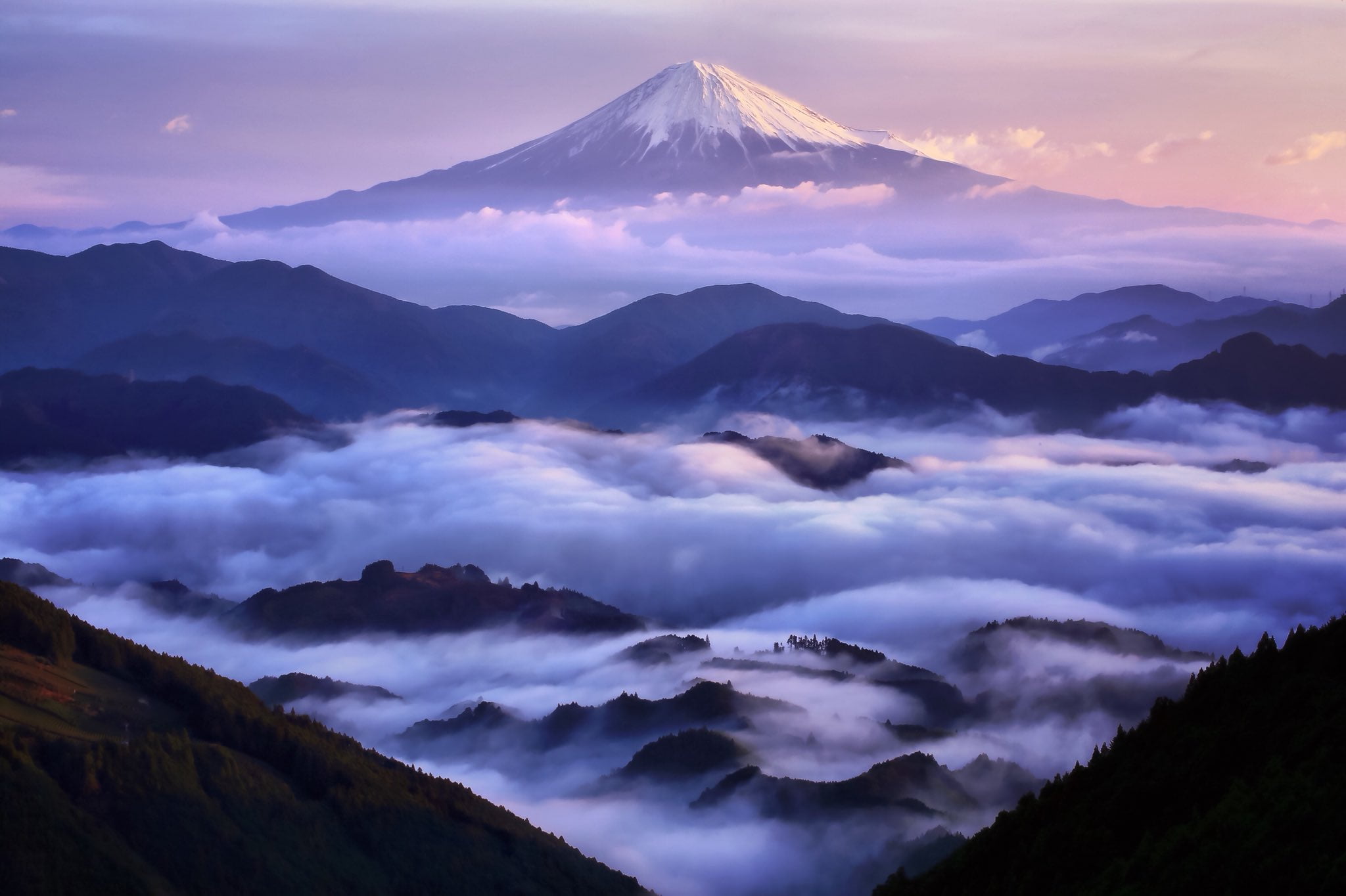Unkai Wonders: Best Spots To See Japan's Sea Of Clouds!
Have you ever dreamed of walking among the clouds? In Japan, that dream can become a reality, offering views that are not only breathtaking but also deeply connected to the country's natural beauty.
The phenomenon known as "unkai," or sea of clouds, is a spectacle that draws photographers and nature lovers alike. Imagine standing atop a mountain, gazing out at a seemingly endless ocean of fluffy white clouds, with only the peaks of other mountains poking through like islands. This isn't just a visual treat; it's an experience that touches the soul, reminding us of the serene power of nature. The best vantage points are naturally elevated, providing an unobstructed view of this mesmerizing display. While several locations across Japan offer glimpses of the unkai, some are renowned for their particularly stunning and frequent appearances, especially those situated at higher altitudes.
| Aspect | Details |
|---|---|
| Phenomenon | Unkai (Sea of Clouds) |
| Description | A natural occurrence where clouds form at a low elevation, allowing viewers to look out over an expansive "sea" of clouds from above. |
| Best Viewing Locations | High-altitude spots in Japan, particularly in mountainous regions like Hokkaido and Honshu. |
| Prime Viewing Times | Typically between 9:00 AM and 10:30 AM, and 4:00 PM and 7:00 PM. Mornings after rain or when the wind is weak are particularly favorable. |
| Notable Locations |
|
| Conditions for Formation |
|
| Related Phenomena |
|
| Additional Information | The sea of clouds can also accumulate from river fog, lake fog, and steam fog. Autumn leaves often provide a beautiful contrast with the clouds. |
| Reference | Japan National Tourism Organization (JNTO) |
Hokkaido, Japans northernmost island, is especially famed for its unkai. One particularly remarkable spot is the Unkai Terrace, which offers breathtaking views of these ethereal seas. What exactly are unkai? They are essentially cloud formations that occur at a low enough elevation to be viewed from above. This creates the illusion of an endless ocean of clouds, with mountain peaks appearing as solitary islands.
- Josh Peck In Oppenheimer From Drake Josh To Serious Roles
- Nick Cannons Brothers Meet The Family Their Careers
Standing at an impressive 1,088 meters, the Unkai Terrace allows visitors to feel as though they can almost touch the clouds. From the viewing area, the clouds appear to roll in at your feet, creating a surreal and immersive experience. On a clear day, you can witness the clouds flowing gracefully over Mt. Hidaka in Tomamu, presenting a truly unforgettable sight.
Beyond Hokkaido, other regions in Japan offer their own unique perspectives on the unkai phenomenon. The conditions that lead to the formation of these clouds are quite specific, requiring a combination of moisture, temperature, and wind patterns. Typically, the unkai are most likely to appear during the early morning hours, between 9:00 AM and 10:30 AM, and again in the late afternoon, between 4:00 PM and 7:00 PM. Valleys are particularly conducive to their formation, as are conditions of weak wind and the aftermath of rainfall.
The visual impact of the unkai is heightened by the surrounding landscape. In autumn, the contrast between the vibrant colors of the autumn leaves and the sea of clouds creates a stunning tableau. Don't forget to bring your camera to capture the picturesque views, as the interplay of light and shadow across the cloudscape is truly remarkable.
- Ella Dixon Parents What You Need To Know Latest
- Cash Kate Still Together Relationship Status In 2024 Updates
While the unkai are a relatively common sight in certain areas, other cloud formations offer their own unique beauty. On December 28th, Kohki captured an astonishing display of lenticular clouds on Honshu, Japan's largest and most populous island, in the city of Fujiyoshida. Lenticular clouds are among the more unusual cloud types, often forming over high hills or mountains. They are stationary, lens-shaped clouds that appear when moist air flows over a mountain, creating a standing wave pattern. As the air rises, it cools and condenses, forming the cloud. The cloud remains stationary as long as the uplift and moisture feed persist.
These ethereal formations have long captivated travelers and nature enthusiasts, creating a surreal and mystical atmosphere. They are a symbol of Japan's rich natural heritage, showcasing the country's diverse and dramatic landscapes. Another fascinating cloud formation often seen over Fujiyama (Mt. Fuji) is the "kasagumo," or cloud hat. This meteorological phenomenon involves a collection of clouds forming in a flat layer over the summit of the volcano, creating a distinctive cap-like appearance that stands out from the surrounding atmosphere. Numerous images have been shared online, showcasing these uniformly stacked cloud formations hovering over Mt. Fuji, often described as lenticular clouds due to their lens-like shape.
For those seeking a truly immersive experience, the Cloud Cafe, located at an altitude of 1,088 meters, offers a unique opportunity to indulge in delicious sweets and drinks decorated in the form of clouds. Imagine savoring gentle ice cream clouds or cloudy macarons with lemon and vanilla flavors while enjoying the infinity view. The flavor of the air, delightful taste, and breathtaking scenery combine to create an unforgettable experience that feels like ascending to the seventh heaven. Hokkaido, already known for its natural hot springs, flower fields, and ski slopes, offers this new attraction that is undoubtedly worth traveling for. The Unkai Terrace brings you one step closer to the dream of walking above the clouds, close enough to almost touch them.
Understanding the different types of sea of clouds that can be seen in autumn can enhance your appreciation of this natural phenomenon.
Here are some common types:
- Radiation Fog: This is the most commonly known type of sea of clouds. It forms on clear nights when the ground cools rapidly, causing the air near the surface to become saturated and form fog.
- Sea of Clouds After Rain: After a rainfall, the air is often saturated with moisture. As the air cools, it can lead to the formation of a dense sea of clouds.
- Sea of Clouds Accumulated from River Fog, Lake Fog, and Steam Fog: These types of fog form over bodies of water and can accumulate to create a widespread sea of clouds.
The conditions necessary to witness these spectacular cloud formations are equally crucial to understand:
- Valleys: Valleys are often the ideal locations for sea of clouds to form due to the accumulation of moisture and cool air.
- Weak Wind: Strong winds can disperse the clouds, so calm conditions are favorable.
- Mornings and Evenings: The temperature changes during these times of day can trigger the formation of clouds.
- Morning After: The morning after a clear night or rainfall often provides the perfect conditions for a sea of clouds.
The interplay between geographical features and meteorological conditions creates a unique environment where these cloudscapes can flourish, offering stunning visuals for those who seek them out.
Wolken mount japan clouds, whether in the form of unkai, lenticular clouds, or kasagumo, are a testament to the captivating beauty of nature. Plan your trip carefully to experience this legendary landscape, and prepare to be amazed by the breathtaking views that await.
Consider these locations to be the perfect spot to see the unkai in japan and get a glimpse of the mountains from above.
- Morgan Freeman Facts Age Health Death Hoaxes Everything You Need To Know
- Grubhub Help Support Your Guide To Orders Issues More

Mesmerizing Footage Shows Rare Cloud Formation Over Mount Fuji 'Magic' Newsweek

Japanese Smoke Clouds Gallery

Background Gunung Fuji Jepang Langit Cerah Dengan Awan Mendung Di Kejauhan, Awan Di Atas Gunung